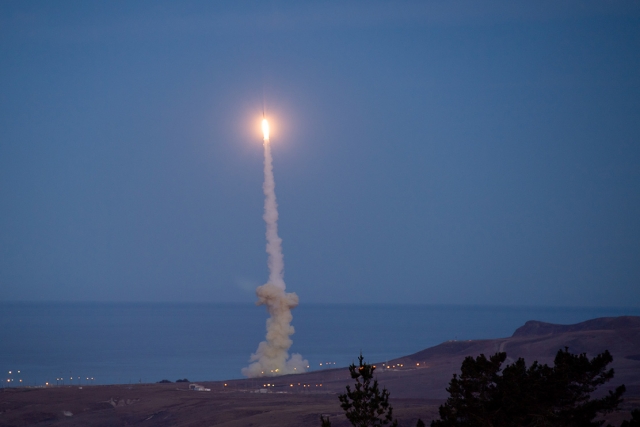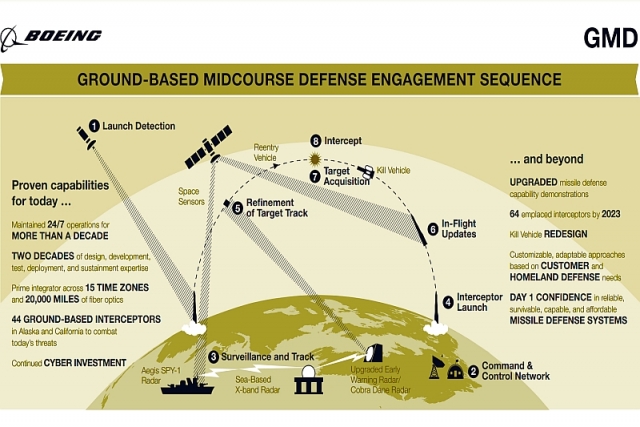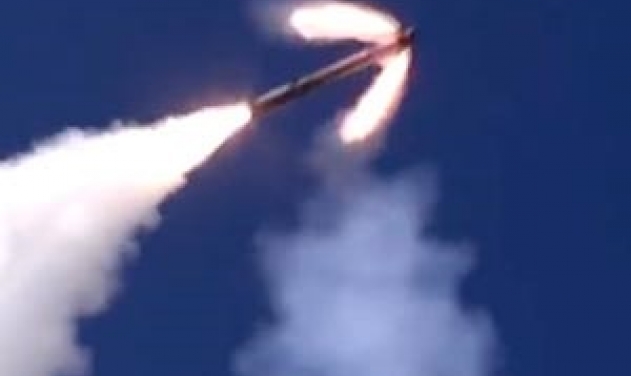Upgraded Ground-Based Interceptor Demonstrates Enhanced Capability in Missile Defense Test
Missile Defense Agency validated two-stage mode operation of Ground-Based Interceptor (GBI) in the latest Ground-Based Midcourse Defense (GMD) system test

In the most recent test conducted by the U.S. Missile Defense Agency (MDA), the Ground-Based Interceptor (GBI) successfully intercepted an Intermediate Range Ballistic Missile as part of the Ground-Based Midcourse Defense (GMD) system.
Launched from Vandenberg Space Force Base in California, the GBI is a critical element designed to counter potential intercontinental ballistic missile threats from North Korea and Iran.
The test featured an upgraded GBI equipped with the Raytheon-designed Capability Enhanced-II Block 1 Exo-Atmospheric Kill Vehicle (EKV). This marked the first instance of testing a three-stage GBI operating in two-stage mode. In this configuration, the third stage deliberately did not ignite, facilitating an earlier release of the kill vehicle for closer range engagements.

The objective of the test was to demonstrate the enhanced capability of the upgraded GBI to intercept a target in an expanded space, made possible by the two-stage mode. Additionally, for the first time, the MDA integrated sensor data from the Army Navy/Transportable Radar Surveillance Model-2 Forward Based Mode and an upgraded Sea-Based X-Band radar, both developed by Raytheon.
Boeing, as the lead integrator of the GMD system, and Northrop Grumman, responsible for integrating and managing weapon systems within the GMD system, were key contributors to the test.
The upgraded GBI is slated for deployment in the upcoming GMD capability delivery. The MDA's pursuit of system modernization is underscored by ongoing efforts to develop the Next-Generation Interceptor (NGI), a project involving two competing teams: Northrop Grumman and Raytheon against Lockheed Martin and Aerojet Rocketdyne.
The NGI is targeted for deployment by 2028, with Lockheed Martin having completed its digital Preliminary Design Review (PDR) in October, and the Northrop and Raytheon team expected to complete their design review early in 2024. The competition aims to carry both teams through the critical design review stage in roughly a year.












